The future of renewable energy: innovations and trends in the industry
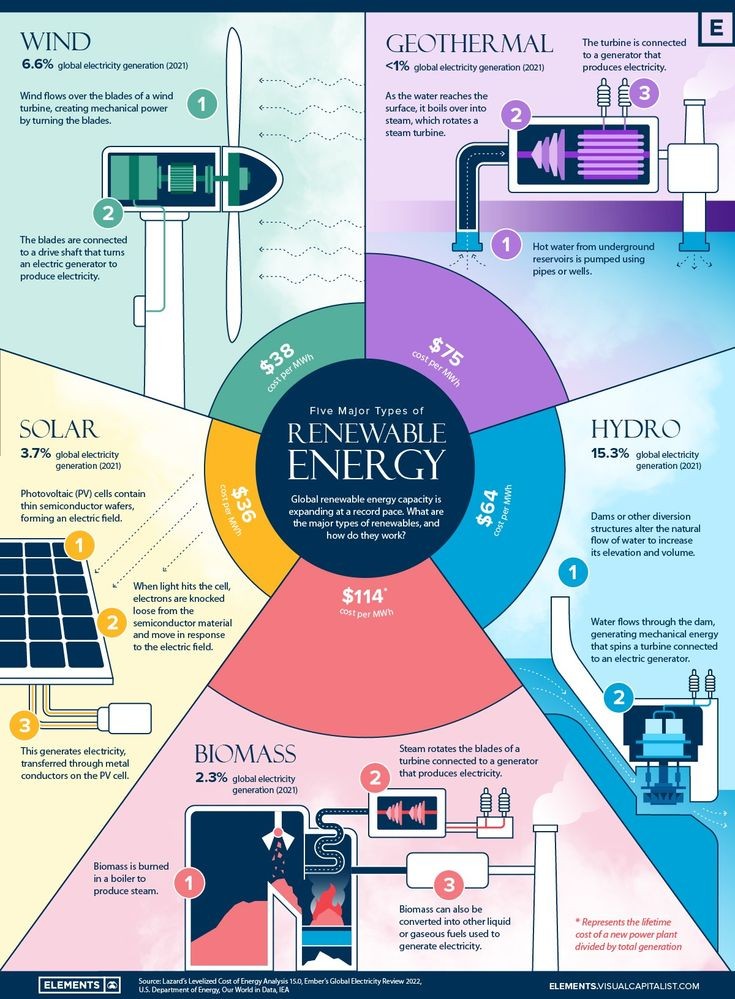
The world seeks to reduce its carbon footprint and shift away from reliance on fossil fuels. Shifts towards more sustainable and environmentally friendly sources of energy. Renewable energy refers to energy that is derived from natural sources that are replenished on a human timescale, such as wind, solar, geothermal, hydropower, and biomass.
There are many reasons why renewable energy is becoming increasingly important. One of the primary reasons is the need to reduce greenhouse gas emissions and mitigate climate change. The burning of fossil fuels for energy is a major contributor to global greenhouse gas emissions, which trap heat in the atmosphere and cause global temperatures to rise. Renewable energy sources emit little to no greenhouse gases, making them a crucial tool in the fight against climate change.
Another reason why renewable energy is important is its potential to create jobs and boost local economies. Many renewable energy projects require a significant amount of labor, from the manufacturing of equipment to the installation and maintenance of systems. In addition, renewable energy systems can provide energy independence and security, reducing dependence on foreign oil.
Renewable energy also offers the potential for cost savings in the long run. While the initial investment in renewable energy infrastructure can be high, renewable energy sources have the advantage of producing energy without fuel costs. As technology advances and economies of scale are realized, the cost of renewable energy is expected to continue to decline, making it more competitive with fossil fuel-based sources of energy.
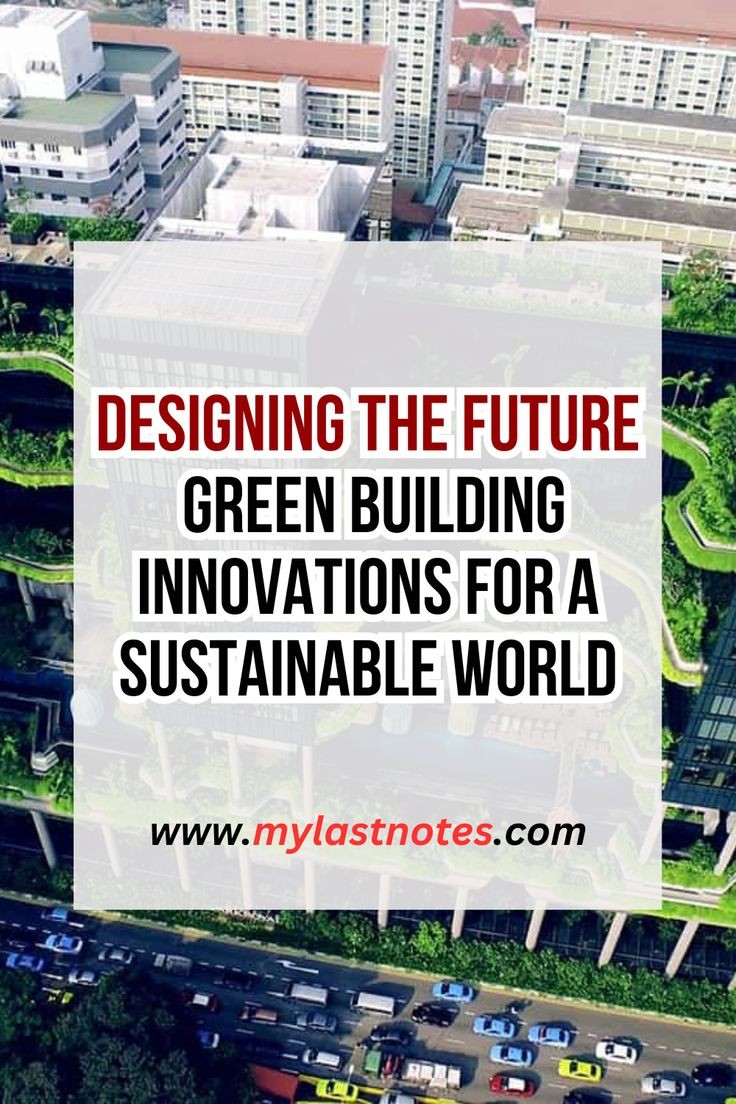
In summary, renewable energy is becoming increasingly important as the world shifts towards more sustainable and environmentally friendly sources of energy. Its ability to reduce greenhouse gas emissions, create jobs, boost local economies, provide energy independence and security, and offer potential cost savings make it a crucial tool in the fight against climate change and the transition towards a more sustainable future.
There are several innovations and trends that are driving the future of renewable energy:
Energy Storage:
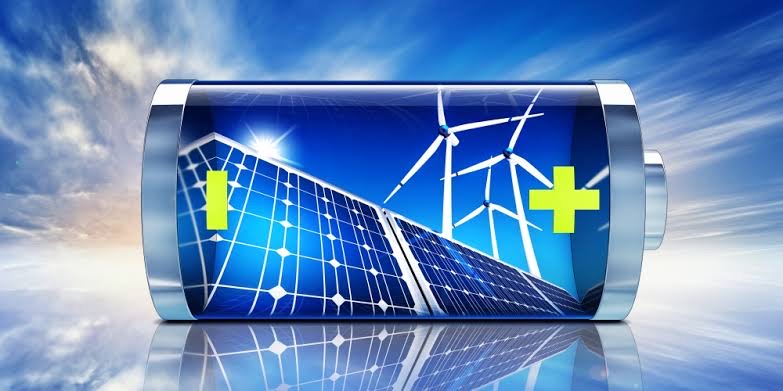
The use of energy storage technologies such as batteries, pumped hydro storage, and thermal storage is becoming increasingly important in the renewable energy sector. Energy storage allows excess energy generated from renewable sources to be stored for later use, helping to balance the grid and improve reliability. Energy storage is the process of storing energy in a form that can be used later. It is an important technology for managing the intermittency of renewable energy sources, such as solar and wind power, which generate electricity only when the sun shines or the wind blows. Energy storage enables the use of renewable energy when it is available and the delivery of energy when it is needed.
There are many different ways to store energy, including chemical, mechanical, electrical, and thermal methods. Some common energy storage technologies include batteries, pumped hydroelectric storage, compressed air energy storage, and thermal energy storage.
Batteries are a popular energy storage technology for small-scale applications, such as mobile devices and electric vehicles, as well as for larger-scale applications, such as grid-scale energy storage. Pumped hydroelectric storage involves pumping water uphill to a reservoir when excess energy is available and releasing it through turbines to generate electricity when it is needed. Compressed air energy storage works by compressing air and storing it in underground caverns or tanks, then releasing it through turbines to generate electricity. Thermal energy storage involves storing heat or cold in materials such as molten salt, which can then be used to generate electricity or provide heating and cooling.
Energy storage is an important technology for creating a more sustainable and resilient energy system. It can help to reduce greenhouse gas emissions by enabling the use of renewable energy sources and reducing the need for fossil fuels. It can also improve the reliability and resiliency of the energy system by providing backup power during outages and reducing stress on the grid during times of peak demand.
2. Solar energy:
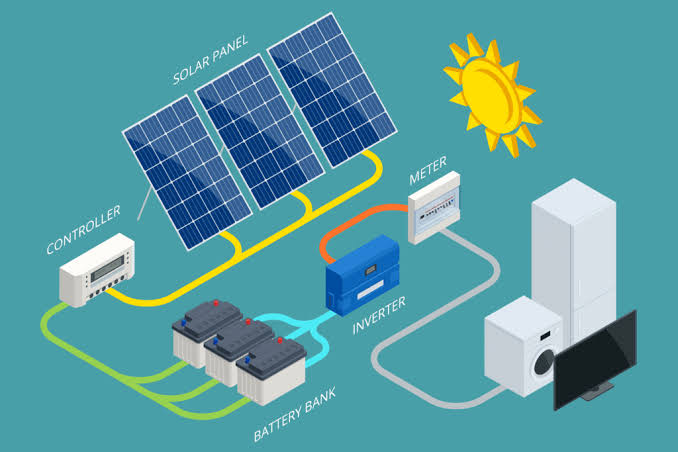
Solar power is one of the most popular forms of renewable energy, and innovations in solar technology are making it more efficient and cost-effective. This includes the development of high-efficiency solar panels, solar power systems with energy storage, and the use of smart inverters to optimize energy production. Solar power is a form of renewable energy that harnesses energy from the sun to produce electricity. Solar power systems work by using solar panels to absorb energy from the sun's rays and convert it into electricity that can be used to power homes, businesses, and other applications.
The most common type of solar panel is made up of photovoltaic (PV) cells, which convert sunlight into direct current (DC) electricity. An inverter then converts the DC electricity into alternating current (AC) electricity, which is the type of electricity used in homes and businesses.
Solar power has many benefits, including being a clean and renewable source of energy that produces no greenhouse gas emissions or air pollutants. Solar power can also help reduce dependence on fossil fuels, lower energy bills, and increase energy independence.
While solar power has become increasingly popular in recent years, it still faces some challenges, such as high initial costs and the need for adequate sunlight to generate enough electricity. However, advancements in technology and decreasing costs are making solar power more accessible and affordable for many people around the world.
3. Wind Power:

Advances in wind turbine technology are making wind power more efficient and cost-effective. This includes the development of larger and more efficient turbines, as well as the use of offshore wind farms that can generate more energy than onshore wind farms. Wind power is a form of renewable energy that harnesses the power of wind to generate electricity. It involves the use of wind turbines, which convert the kinetic energy of the wind into electrical energy.
Wind turbines typically consist of a tower, a rotor, and blades. The tower supports the rotor and blades, which are designed to capture the wind and rotate. The rotation of the blades spins a generator, which produces electricity that can be fed into the power grid or used on-site.
Wind power has become increasingly popular in recent years due to its numerous benefits. It is a clean, renewable source of energy that produces no greenhouse gas emissions or other pollutants. It also has a relatively low environmental impact compared to other forms of energy generation, such as fossil fuels.
In addition, wind power can help reduce dependence on foreign oil, create jobs in the renewable energy sector, and provide a stable source of electricity. However, like any form of energy, wind power also has its challenges, including its intermittent nature and potential impact on wildlife and local communities.
Overall, wind power is a promising source of renewable energy that has the potential to play a significant role in the transition to a more sustainable energy future.
4. Hydro Power Energy:

Hydropower is another important source of renewable energy, and innovations in hydropower technology are making it more efficient and cost-effective. This includes the use of new turbine designs and the development of hydrokinetic systems that can generate energy from ocean currents and tides. Hydropower is a form of renewable energy that harnesses the power of moving water to generate electricity. It is a clean and sustainable source of energy that has been used for centuries.
Hydropower works by using the energy of falling or flowing water to turn turbines that drive generators, producing electricity. The amount of power generated by a hydroelectric plant depends on the volume of water flowing through it and the height from which the water falls or flows.
There are two main types of hydroelectric power plants: impoundment and run-of-river. Impoundment plants store water in a reservoir behind a dam and release it as needed to generate electricity. Run-of-river plants divert a portion of a river's flow through a canal or penstock to drive turbines.
Hydropower has several advantages over other forms of energy. It is renewable, meaning that it does not deplete natural resources, and it produces no greenhouse gases or other harmful pollutants. It is also reliable, as water flows are typically consistent and predictable. However, hydropower can also have negative environmental impacts, such as altering river ecosystems and displacing wildlife.
Overall, hydropower is an important source of renewable energy that can help reduce reliance on fossil fuels and mitigate climate change.
5. Electric Vehicles:
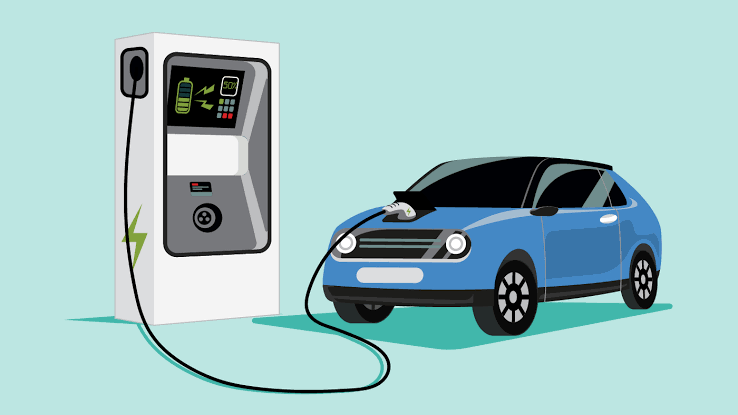
The increasing popularity of electric vehicles is driving innovation in the renewable energy industry, as more renewable energy is needed to power these vehicles. This includes the development of new charging infrastructure and the use of vehicle-to-grid technology that allows electric vehicles to be used as energy storage devices. Electric vehicles (EVs) are vehicles that are powered by electric motors and rely on energy stored in rechargeable batteries instead of internal combustion engines that run on fossil fuels. The energy in EV batteries is typically stored in lithium-ion batteries, which are rechargeable and have a range that varies depending on the make and model of the vehicle.
EVs have many advantages over traditional gasoline-powered vehicles. They emit fewer greenhouse gases and air pollutants, reducing air pollution and improving public health. EVs also tend to have lower operating costs, as electricity is generally cheaper than gasoline on a per-mile basis, and electric motors are more efficient than gasoline engines.
As technology has improved and costs have come down, EVs have become increasingly popular in recent years. Governments around the world are incentivizing the transition to EVs through subsidies and tax credits for both consumers and manufacturers, and many countries have set ambitious targets for phasing out gasoline-powered vehicles altogether.
There are also a growing number of charging stations available for EVs, making it easier for drivers to charge their vehicles while on the road. Despite these advancements, however, there are still some challenges that need to be addressed in order to make EVs a viable alternative to gasoline-powered vehicles for all drivers, such as the need for more widespread charging infrastructure and improvements in battery technology to extend the range and reduce charging times.
6. Smart Grids:
The use of smart grid technology is becoming increasingly important in the renewable energy industry. Smart grids allow for more efficient and reliable distribution of energy, as well as the integration of renewable energy sources into the grid.
Overall, the future of renewable energy looks bright, with continued innovation and investment in the sector driving growth and adoption. A smart grid is an advanced electrical power grid that incorporates a range of technologies to improve the efficiency, reliability, and flexibility of electricity transmission and distribution. The main goal of a smart grid is to optimize the generation, transmission, and consumption of electricity while reducing costs and minimizing environmental impact.
Smart grids use digital communication and information technologies to enable two-way communication between power producers and consumers. This allows for real-time monitoring and control of energy supply and demand, which helps to balance the grid and prevent blackouts. Smart grids also integrate renewable energy sources, such as solar and wind power, into the grid, which can help reduce greenhouse gas emissions and increase the overall efficiency of the system.
Some of the key features of a smart grid include:
Advanced metering: Smart meters allow for two-way communication between consumers and utilities, enabling real-time monitoring of energy consumption and billing.
Distributed energy resources: Smart grids can integrate renewable energy sources, such as solar panels and wind turbines, into the grid.
Energy storage: Smart grids can incorporate energy storage technologies, such as batteries, to help balance supply and demand and improve grid reliability.
Demand response: Smart grids can enable consumers to adjust their energy usage in response to changes in electricity prices, helping to balance the grid and reduce costs.
Overall, smart grids are an important step towards a more sustainable and resilient energy future and are being implemented in countries around the world as a key component of their energy transition strategies.


You must be logged in to post a comment.